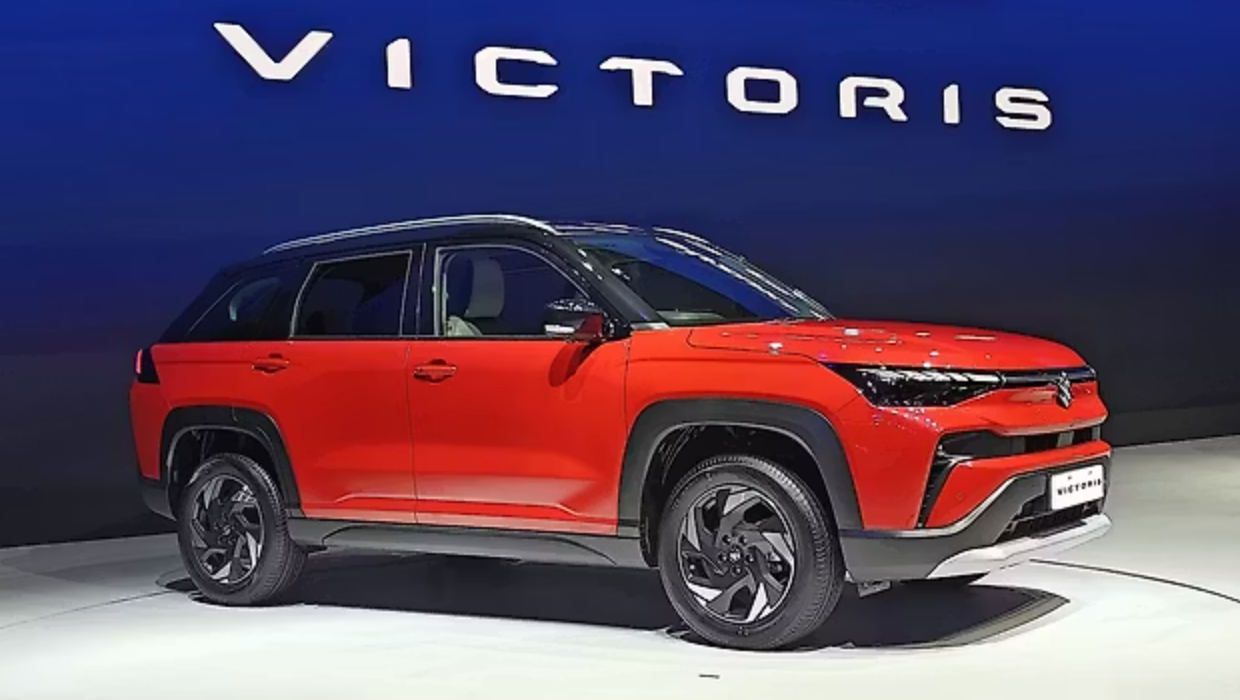The recently launched Hyundai Creta N Line has stirred excitement in the Indian compact SUV segment. This performance-oriented variant boasts a 1.5-liter turbo-petrol engine, setting it up for a battle against similarly equipped rivals like the Kia Seltos, Volkswagen Tiguan, and Skoda Kushaq. But with power comes a question – how fuel-efficient is the Creta N Line compared to its competitors? This comprehensive guide delves into the claimed fuel efficiency figures of these SUVs, helping you make an informed decision.
Unveiling the Specs: A Head-to-Head Comparison
Before diving into fuel efficiency, let’s establish a baseline by comparing the key specifications of these turbo-petrol-powered compact SUVs:
| Feature | Hyundai Creta N Line | Kia Seltos | Volkswagen Taigun | Skoda Kushaq |
|---|---|---|---|---|
| Engine | 1.5-liter Turbo-petrol | 1.5-liter Turbo-petrol | 1.5-liter Turbo-petrol | 1.5-liter Turbo-petrol |
| Power | 160 PS | 160 PS | 150 PS | 150 PS |
| Torque | 253 Nm | 253 Nm | 250 Nm | 250 Nm |
| Transmission | 6-speed MT / 7-speed DCT | 6-speed iMT / 7-speed DCT | 6-speed MT / 7-speed DCT | 6-speed MT / 7-speed DCT |
| Claimed Fuel Efficiency (MT) | 17.7 km | 18.61 km | 18.60 km | 18.2 km |
| Claimed Fuel Efficiency (DCT) | 17.9 km | 19.01 km | 18.86 km | 18.86 kmpl |
Decoding the Numbers: Key Takeaways
Creta N Line Fuel Efficiency: The Creta N Line boasts a claimed fuel efficiency of 18 km (manual transmission) and 18.2 km (dual-clutch automatic transmission). It edges out the Kia Seltos in terms of fuel economy but falls short of the impressive figures offered by the Volkswagen Tiguan and Skoda Kushaq.
Kia Seltos – The Least Frugal: Despite sharing the same engine as the Creta N Line, the Kia Seltos delivers the lowest fuel efficiency among the four contenders. However, it offers a unique selling point – the inclusion of a 6-speed iMT (intelligent Manual Transmission), a clutchless manual transmission option.
Skoda & VW Lead the Efficiency Race: The Volkswagen Taigun and Skoda Kushaq, powered by a slightly less powerful 1.5-liter turbo-petrol engine (150 PS), emerge as the most fuel-efficient options in both manual and automatic transmission configurations. This advantage can be attributed to the use of active cylinder technology in their engines. This innovative system allows the engine to deactivate two cylinders under light load conditions, like highway cruising, thereby enhancing fuel economy.
Beyond the Numbers: Factors Affecting Fuel Efficiency
While claimed fuel efficiency figures provide a starting point, it’s crucial to remember that real-world mileage can vary depending on several factors:
Driving Style: Aggressive driving habits like frequent acceleration and harsh braking can significantly decrease fuel efficiency. Conversely, maintaining a steady pace and practicing smooth gear changes can improve mileage.
Traffic Conditions: Stop-and-go city traffic is notoriously fuel-intensive compared to highway driving.
Vehicle Condition: Regular maintenance and ensuring proper tire pressure inflation contribute to optimal fuel efficiency.
Climate: Extreme weather conditions, like scorching summers or freezing winters, can impact fuel economy.
Frequently Asked Questions
Which SUV offers the best balance of power and fuel efficiency?
The Hyundai Creta N Line and Kia Seltos strike a good balance between power and fuel efficiency, offering 160 PS and decent mileage figures. However, if fuel efficiency is your top priority, the Volkswagen Taigun and Skoda Kushaq are more suitable choices, despite their slightly lower power output.
What is the advantage of the 6-speed iMT offered in the Kia Seltos?
The 6-speed iMT provides a familiar manual transmission experience without the need for a clutch pedal. This can be particularly appealing to drivers who prefer the control of a manual transmission but want to avoid the hassle of clutch modulation in stop-and-go traffic.




